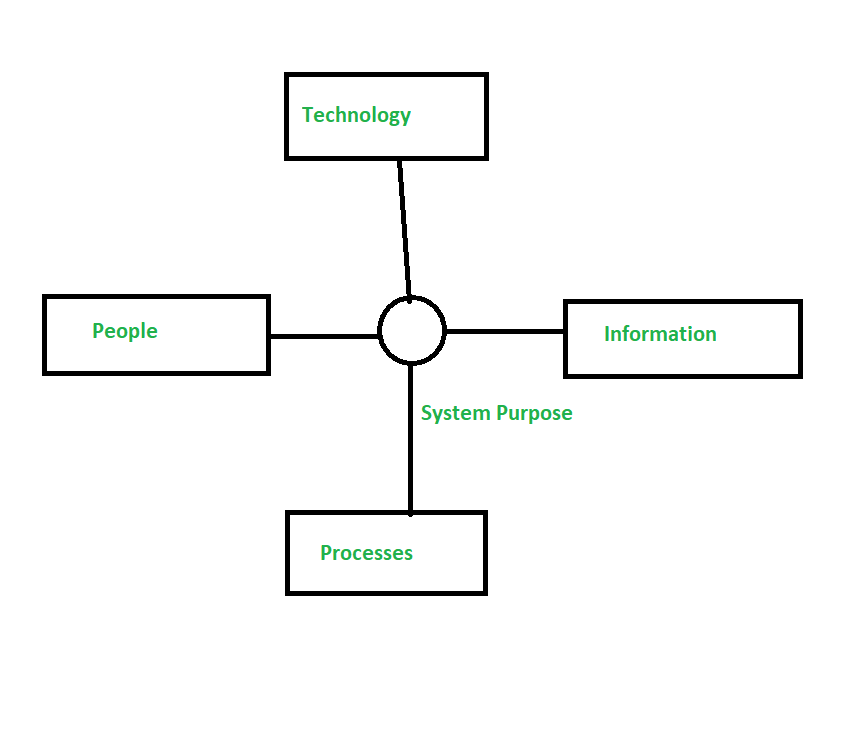Difference between EIS and Traditional Information System
Last Updated :
24 Aug, 2020
1. Executive Information System (EIS) :
EIS is defined as a system that helps the high-level executives to take policy decisions. This system uses high level data, analytical models and user friendly software for taking decisions. It is a structured, automated tracking system that operates continuously to keep everything managed. It provides exception and status reporting capabilities.


Advantages :
- Easy to use.
- Ability to analyze the trends
- Time management
- Efficiency
- Enhances business problem solving
Disadvantages :
- Functions are limited.
- Difficult to keep current data.
- System can run slow.
- Less reliable.
2. Traditional Information System :
Traditional Information Systems were built around different functions, departments that do not talk to each other and thus cannot automatically exchange information. Managers might have a hard time assembling data they need to handle the operations.


Advantages :
- Formal review at the end of each phase allows maximum management control.
- This approach creates considerable system documentation.
- Formal documentation ensures that system requirements can be traced back to stated business needs.
- It produces many intermediate products that can be reviewed to see whether they meet the users needs and reach upto the standards.
Disadvantages :
- Users get a system that meets the needs as understood by the developers. So, this might not be what the users really need.
- Documentation is expensive.
- Time-Consuming
- Users cannot easily review intermediate products and evaluate them as per their need.
Difference between EIS and Traditional Information System :
| EIS |
Traditional Information System |
| It is handled by top level of management. |
Handled by lower staff. |
| Information is provided by online tools and analysis. |
Information is provided by offline status reporting. |
| Information sources are more external and less internal. |
Information sources are internal. |
| Facility to go through details at successive levels is available. |
Facility to go through details at successive levels is not available. |
| Information comes in the form of text with graphics. |
Information comes in the form of table. |
| It is user-friendly. |
It is computer-operator generated. |
Like Article
Suggest improvement
Share your thoughts in the comments
Please Login to comment...